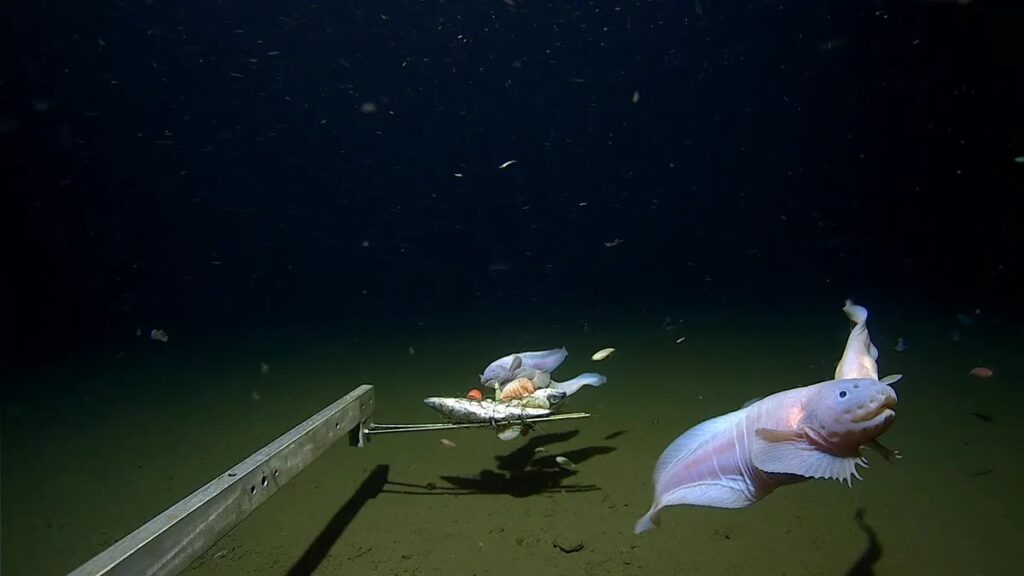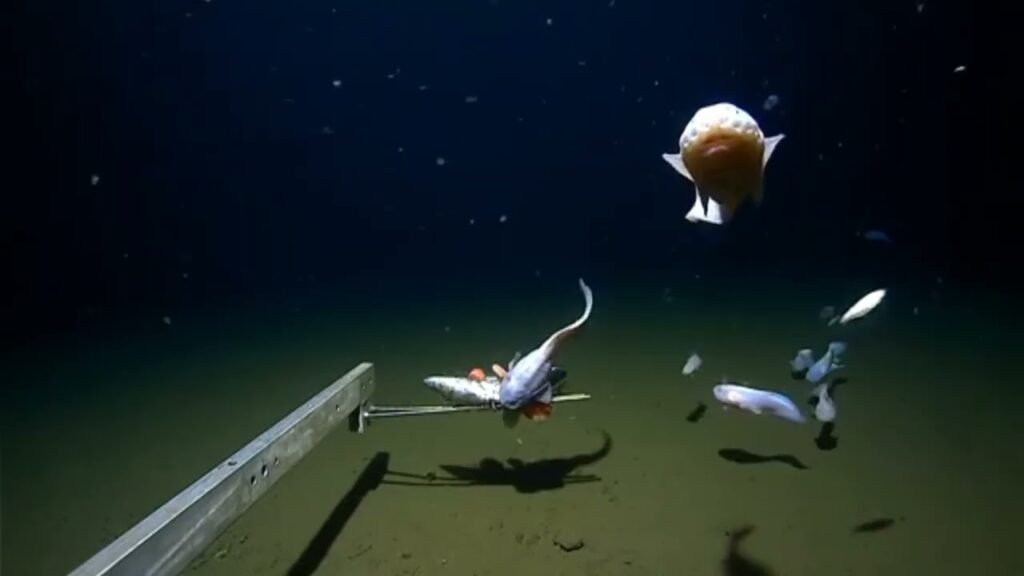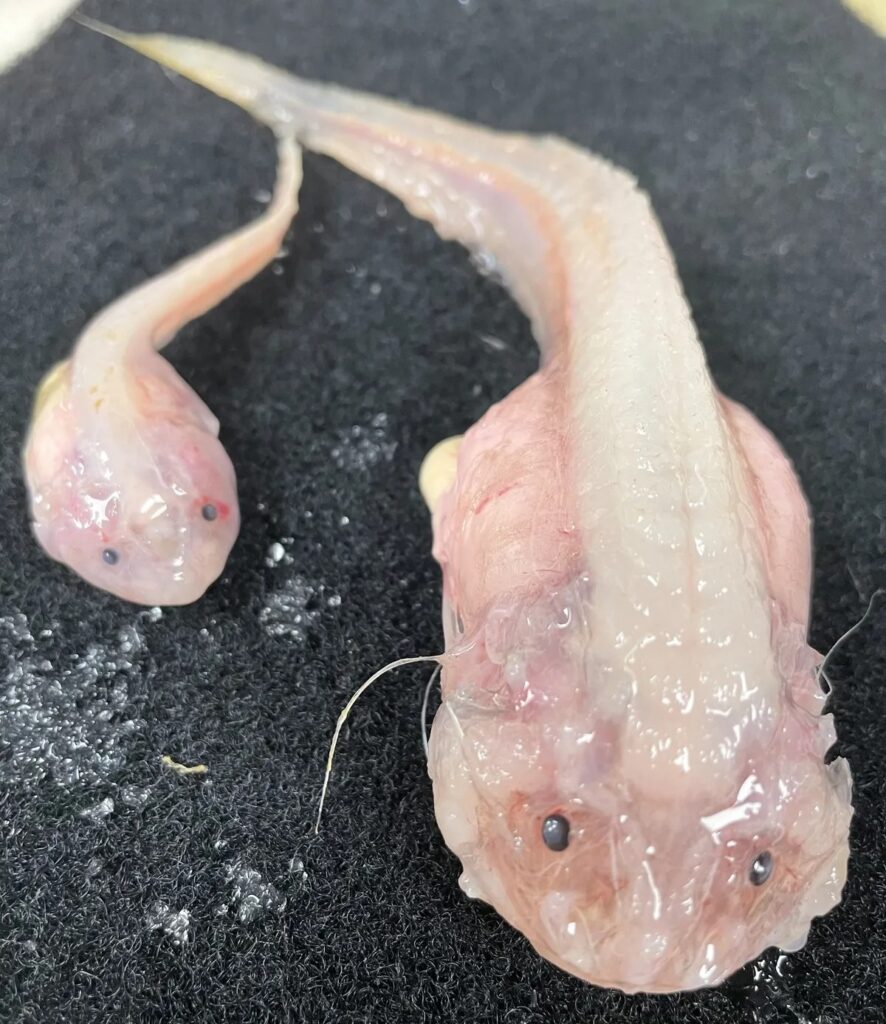
A team of scientists recently captured and filmed an unknown species of Pseudoliparis, a type of snailfish, at a depth of 8,336 meters (27,350 feet) in the Izu-Ogasawara trench off the coast of Japan. This is the deepest fish ever caught on camera, breaking both the record for the deepest fish ever found and the deepest point at which a fish has been filmed.


The Izu-Ogasawara trench is not as deep as the Mariana trench, but it is warmer and more hospitable to life. The high productivity of the waters around Japan means that more material sinks into this trench than the Mariana, making it a more attractive environment for life.

Although depth and pressure are important factors in shaping life in these environments, temperature can also play a crucial role. The warmth of the Izu-Ogasawara trench allows creatures to live at greater depths than in colder trenches like the Mariana.
The discovery of the Pseudoliparis at such great depths is significant because it is a genus that is not typically found in deep-sea environments. Most snailfish live in shallow waters like estuaries, making their adaptation to these extreme depths all the more intriguing.
At these depths, the snailfish are surviving on small crustaceans that feed on the material that falls into the trench when surface water creatures die. It can take weeks or months for this material to sink, but the hungry crustaceans build a foodweb on whatever they can get, sustaining the ecosystem even in this extreme environment.

The discovery of these deep-sea creatures is a reminder of the incredible diversity of life on our planet and the importance of exploring the depths of the ocean to better understand and appreciate it. While there are no warmer trenches of similar depth, the discovery of the Pseudoliparis at such depths suggests that there is still much to learn about the mysteries of the deep sea.

Leave a Reply